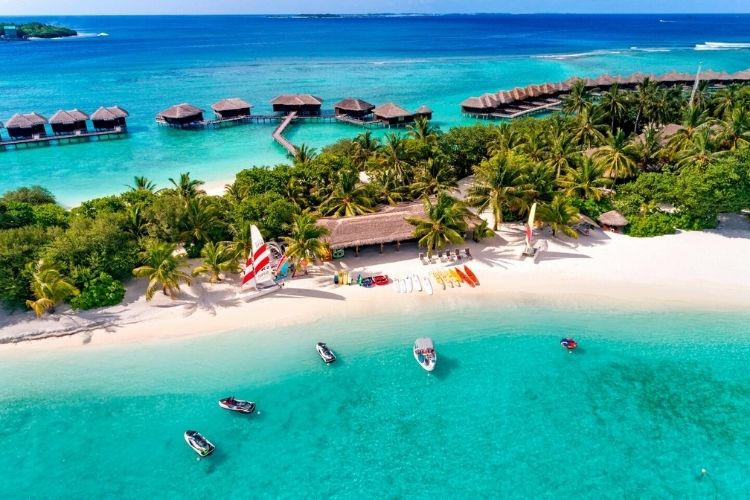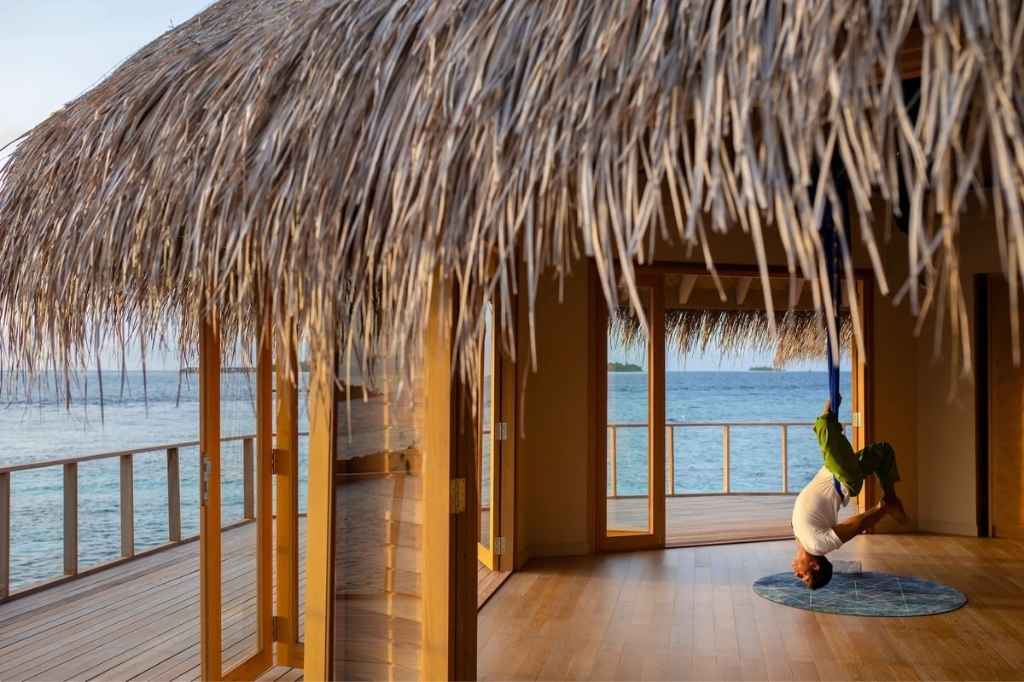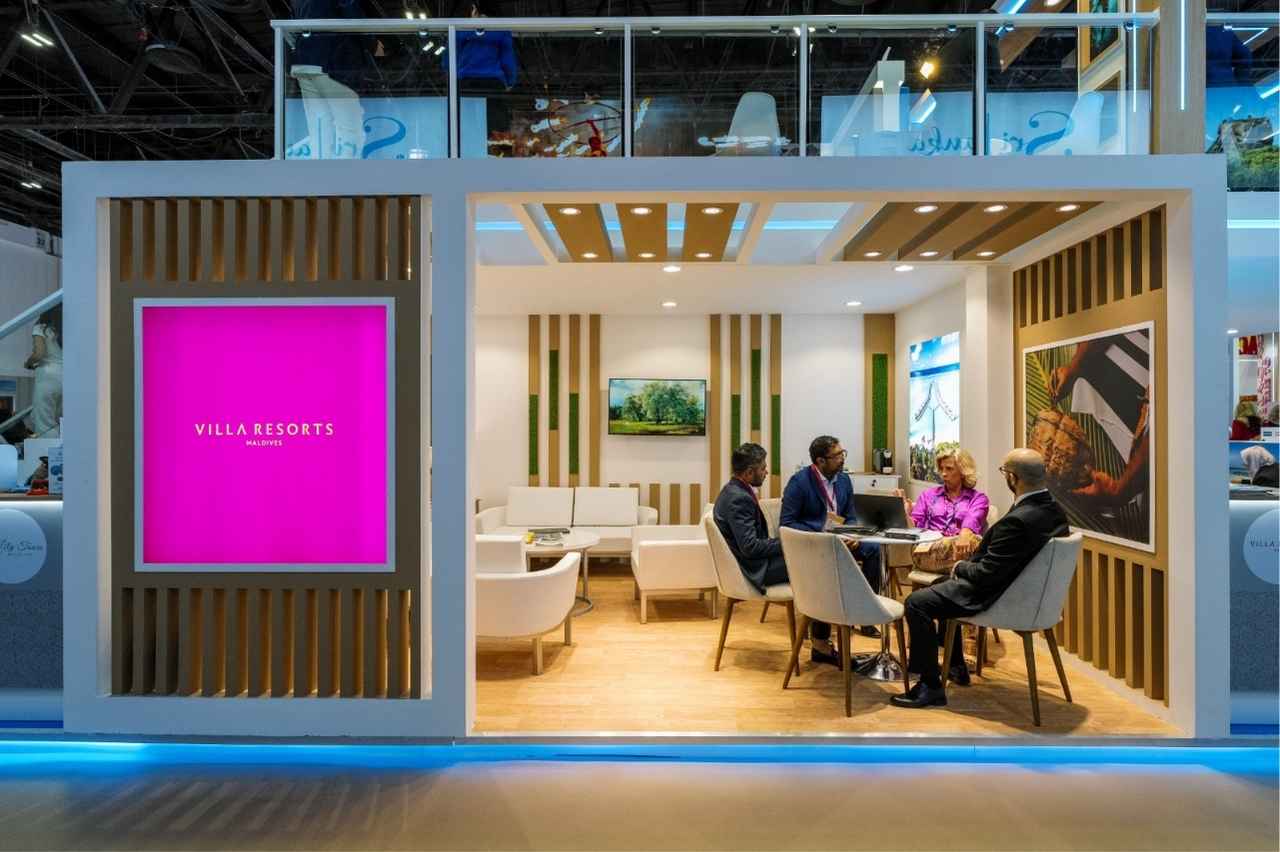It’s the million-dollar question every travel agency and Indian holidaymakers are asking now; when can travellers from India return to the Maldives? Since the Maldives reopened its borders, the island nation has been the favourite destination for Indian travellers and Bollywood celebrities.
The Maldives banned Indian travellers after the neighbouring country saw a surge in COVID-19 cases. From 27th April 2021 onwards Indian tourists were no longer allowed to stay at guesthouses or hotels located in inhabited islands. Around this time, memes surfaced on the web, trolling Bollywood celebrities that visited the Maldives.
After that, on 13th May 2021 Maldives Immigration suspended entry for tourists from South Asian countries. This means tourists from India, Afghanistan, Bangladesh, Bhutan, Nepal, Pakistan and Sri Lanka are barred from visiting the tropical holiday destination.
Until travellers from India were restricted to visit the Maldives, the neighbouring country has been the Maldives’ biggest individual market in terms of tourist arrivals. In addition to that, India was the top tourist source market in 2020 and the fastest-growing market in 2019 as well.
The unpredictability of the COVID-19 situation means it could take a few months until travellers from India can return to the Maldives. As the two countries share close bilateral relations, the Maldives and India could plan a more strict Air Bubble that enables fully vaccinated Indians to visit the Maldives.
Maldives targets to welcome 1.5 million tourists in 2021. But, the country will face some challenges to achieve this goal as travellers from India cannot visit the Maldives yet. After the Maldives suspended entry from South Asian countries, tourist arrivals have declined in May 2021 compared to the previous months of the year.
The Times India reported that “India is beginning to unlock” as fresh COVID-19 cases are slowing down. Some states in the country started to ease restrictions while others however decided to continue them.
Travel between India and the Maldives also depends on the COVID-19 situation in the capital of the Maldives.
While there has been no official statement to restart travel between India and the Maldives, travellers from India have shown keen interest to return to the Maldives once again.








